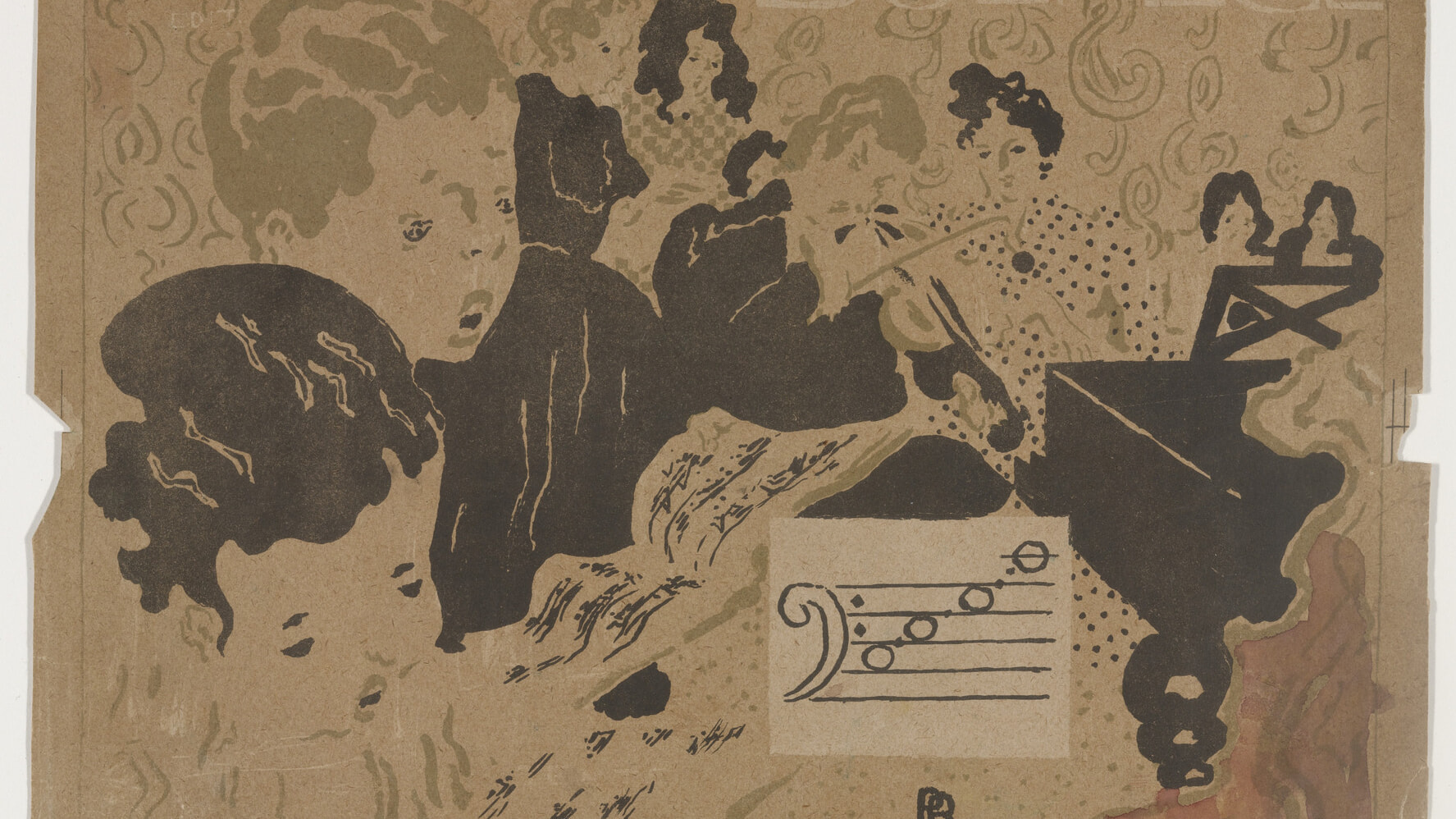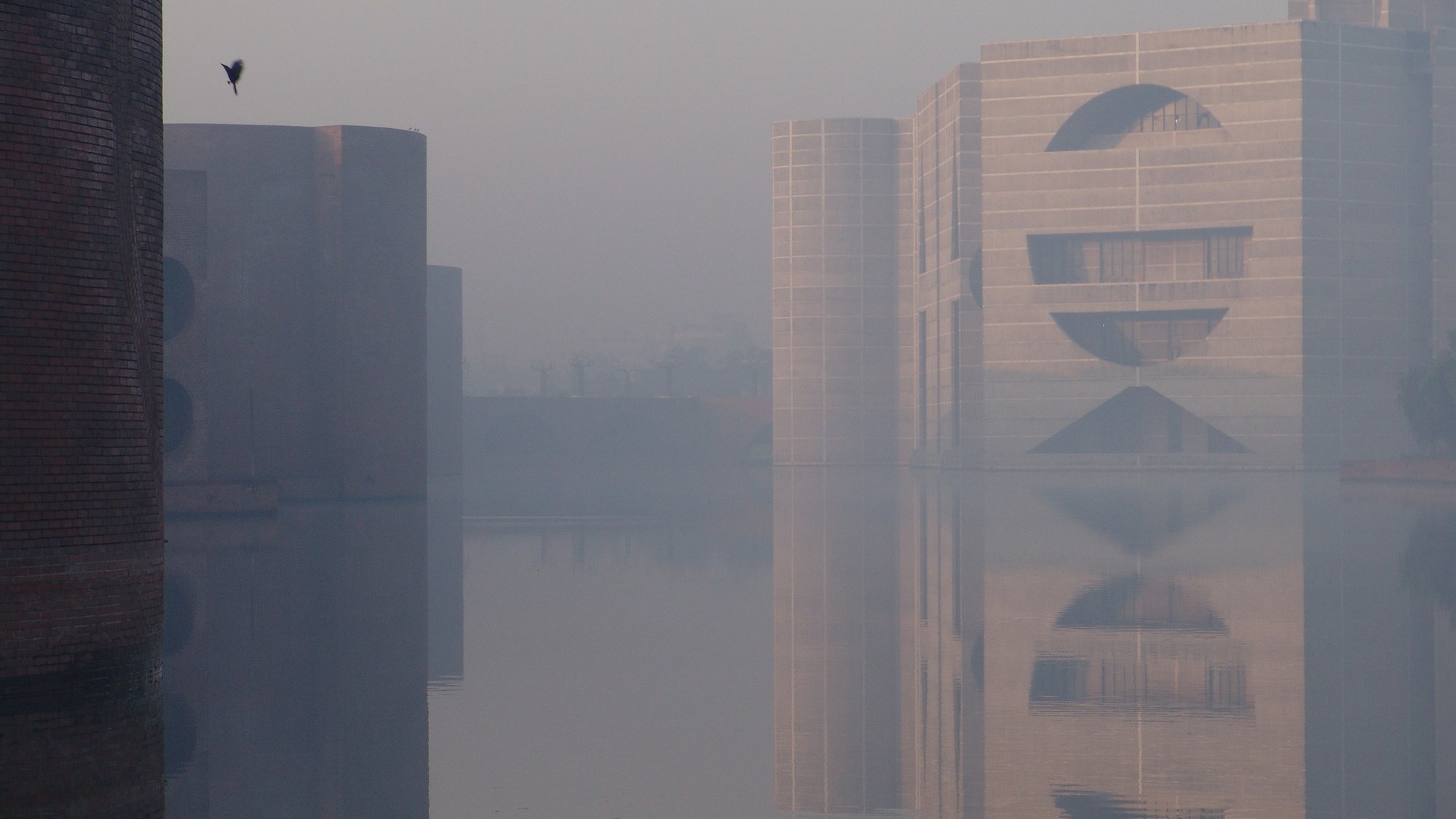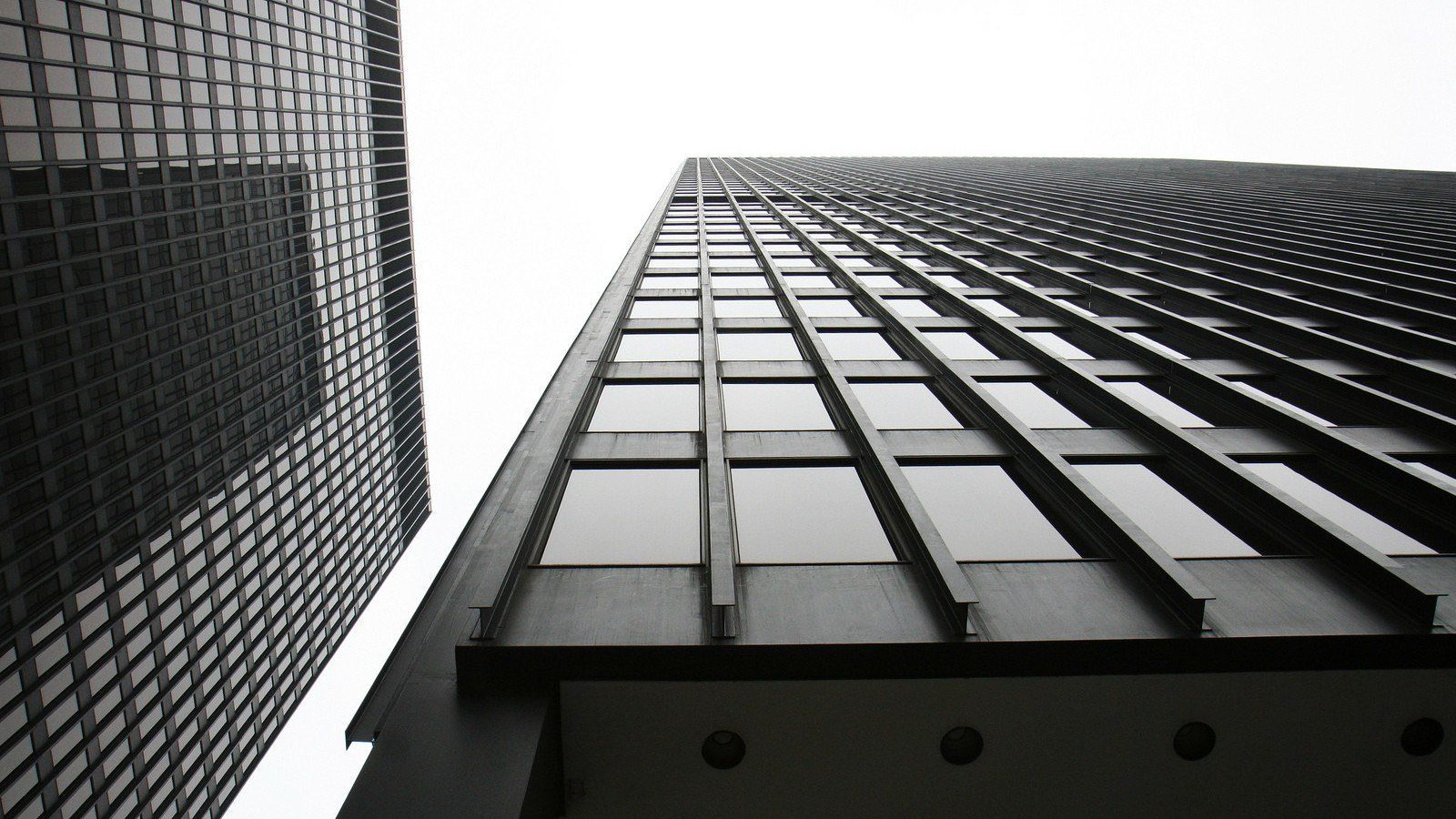Arvo Pärt’s “Solfeggio”: Adventures with a Diatonic Tone Row
What happens when you treat the simple C major scale as a diatonic tone row? The answer can be heard in Solfeggio, the first a cappella choral work of Estonian composer Arvo Pärt (b. 1935). Composed in 1963, the same year as Pärt’s Symphony No. 1, Op. 9, “Polyphonic,” Solfeggio anticipates the composer’s later meditative tintinnabuli style. Solfeggio unfolds with a sense of cosmic timelessness. Serene clusters of sound form and dissipate as each vocal …







